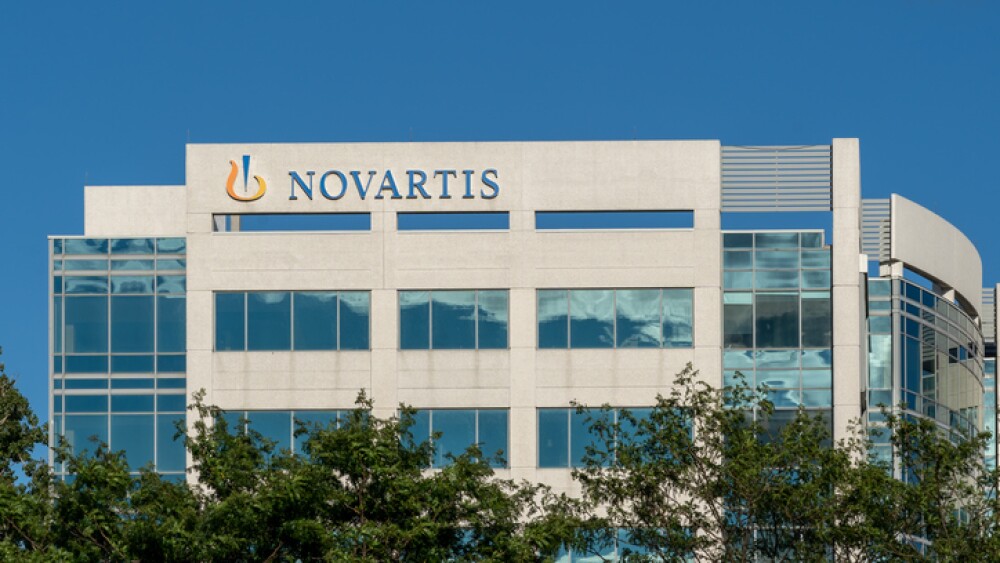Regeneron’s cemdisiran, used alone or in combination with its complement inhibitor Veopoz, significantly improved activities of daily living in patients with generalized myasthenia gravis.
Regeneron’s investigational small interfering RNA therapy cemdisiran significantly improved disease activity in certain patients with generalized myasthenia gravis, opening up a path for regulatory filing early next year.
Results from the Phase III NIMBLE study were published Tuesday, demonstrating a 2.3-point placebo-adjusted improvement in Myasthenia Gravis Activities of Daily Living (MG-ADL) scores, a patient-reported scale used to measure the daily impacts of the disease. Cemdisiran also achieved a 74% reduction of complement factor 5 (C5), a part of the complement system that is inappropriately activated in gMG.
Regeneron also tested a combination regimen of cemdisiran with the company’s complement inhibitor Veopoz, which elicited a significant MG-ADL improvement of 1.74 points over placebo. Veopoz is approved for the treatment of patients 1 year and up with CD55-deficient protein-losing enteropathy.
In premarket trading Wednesday, Regeneron’s stock was up 2.67%.
Writing to investors on Tuesday, analysts at Truist Securities noted that cemdisiran monotherapy “surpassed our expectations,” given the “historical performance” of other anti-C5 therapies. NIMBLE did not detect instances of meningitis, a known side effect of this drug class, but Truist still expects cemdisiran to come with a boxed warning if approved, “based on the class precedent.”
Aside from its apparent efficacy and safety edge, Truist also pointed to cemdisiran’s “convenient administration” as another point for Regeneron. The drug is given subcutaneously every 12 weeks, whereas its most notable competitors—AstraZeneca’s Soliris and Ultomiris—are delivered intravenously. This administration advantage could help cemdisiran “capture a significant share of the C5 gMG market,” according to the analysts.
With NIMBLE data in hand, Regeneron is planning an FDA submission for the first quarter of 2026, the pharma noted in its Tuesday release. Full findings from the study will be shared at an upcoming meeting.
Designed to target and destroy C5 mRNA, cemdisiran is a small interfering RNA therapy that helps suppress the complement cascade, which in gMG plays a role in damaging muscle nerves. The therapy was developed by Alnylam as part of a research collaboration with Regeneron, for which Regeneron in April 2019 paid $800 million upfront. The deal gave the pharma access to Alnylam’s RNAi experience for diseases of the eyes and central nervous system, a push that has cemdisiran at its core. Milestone payments for this agreement could reach up to $200 million.
Elsewhere in the gMG arena, argenx on Monday reported positive Phase III data for its FcRn inhibitor Vyvgart, positioning it up for expansion into patients who are AChR seronegative. While argenx did not provide specific data, it emphasized a “statistically significant and clinically meaningful improvement” in disease activity in patients treated with Vyvgart, adding that it is preparing for a label expansion application into this specific patient population.






